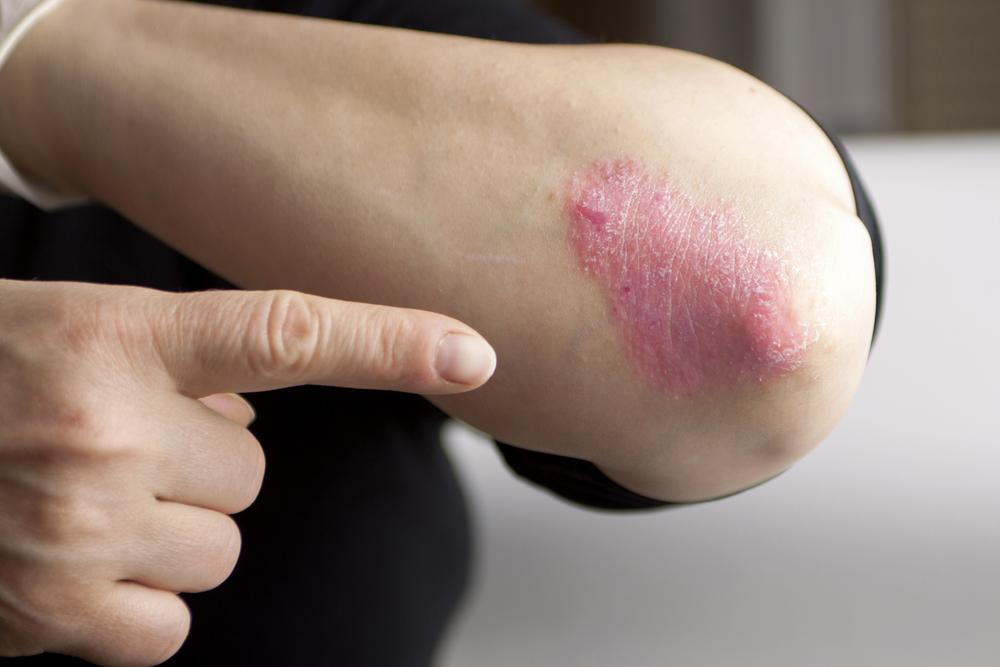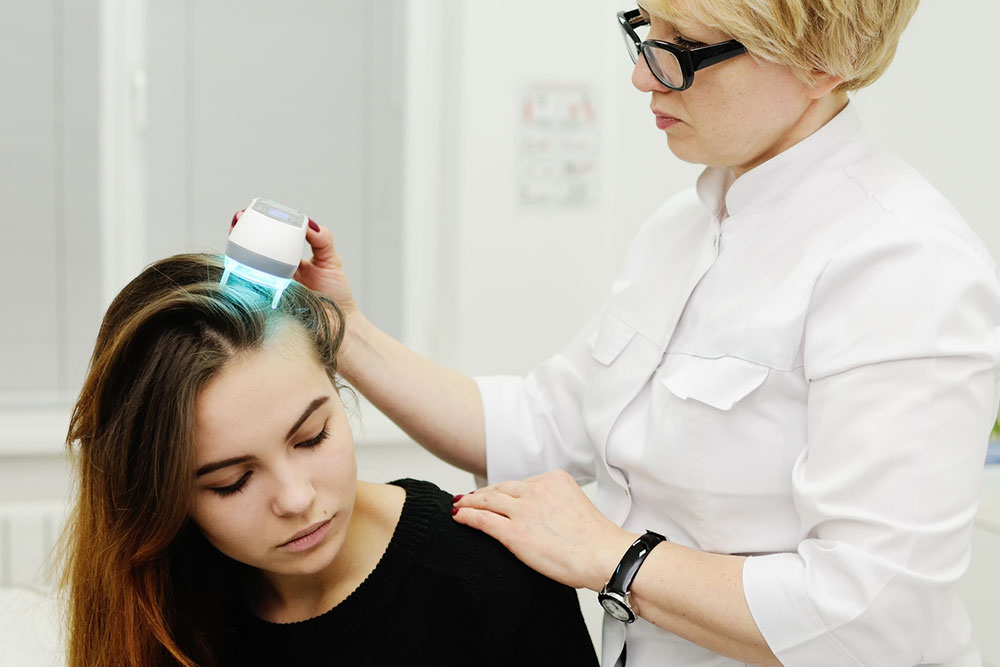Comprehensive Guide to Psoriasis: Types, Symptoms, and Management Strategies
This detailed article explores the comprehensive aspects of psoriasis, including its types, symptoms, risk factors, diagnosis, treatment options, and management tips. It aims to enhance understanding and awareness for better patient care and health outcomes, highlighting the importance of personalized treatment approaches and lifestyle modifications.

Introduction to Psoriasis: An In-Depth Overview
Psoriasis is a complex, chronic autoimmune skin condition that affects millions of individuals worldwide. As a long-term disorder, it manifests through distinctive skin symptoms, yet its impact extends beyond the skin, influencing overall health and quality of life. This comprehensive guide aims to shed light on the various aspects of psoriasis, including its causes, types, symptoms, and the latest management strategies. Whether you're a patient, caregiver, or healthcare professional, understanding psoriasis is crucial for effective management and improved well-being.
What Is Psoriasis? An Overview
Psoriasis is an autoimmune disorder characterized by an accelerated cycle of skin cell production. Typically, skin cells mature and shed over about a month; however, in psoriasis, this process speeds up dramatically, occurring within just a few days. The result is an accumulation of dead skin cells on the surface, forming thick, scaly patches known as plaques. These plaques are often inflamed, red, and covered with silvery-white scales, which can be itchy, painful, and sometimes bleed when scratched.
Although the exact cause of psoriasis remains unknown, it is well-established that genetic predisposition plays a significant role. Environmental factors such as stress, infections, injuries to the skin, cold weather, and certain medications can trigger flare-ups. Importantly, psoriasis is not contagious and cannot be transmitted from person to person. However, its hereditary component indicates that individuals with a family history are at higher risk.
Beyond the skin, psoriasis is associated with systemic health issues, including heart disease, obesity, insulin resistance, and psoriatic arthritis—a specific joint condition affecting approximately 15% of those with psoriasis. Recognizing these links underscores the importance of comprehensive healthcare management for individuals with this condition. While there is currently no cure for psoriasis, a wide range of treatments exists to control symptoms, reduce flare-ups, and improve patients' quality of life.
Understanding the Different Types of Psoriasis
Psoriasis presents in various forms, each with unique characteristics, affected areas, and severity levels. Knowing these distinctions is vital for accurate diagnosis and tailored treatment approaches. Below are the main types of psoriasis:
Plaque Psoriasis (Psoriasis Vulgaris)
The most prevalent form, plaque psoriasis accounts for approximately 80-90% of cases. It manifests as raised, inflamed red patches covered with a silvery or white scale. These plaques commonly appear on accessible areas such as the elbows, knees, scalp, lower back, and genitals. The condition can cause significant discomfort, including itching, burning sensations, and sometimes pain. The thickened plaques may crack or bleed, especially if scratched excessively. Recognizing plaque psoriasis early is essential for initiating effective management to prevent complications and improve skin appearance.
Inverse Psoriasis (Flexural Psoriasis)
This type occurs in areas where skin touches skin, such as the armpits, groin, under the breasts, and around the genital region. Unlike plaque psoriasis, inverse psoriasis presents as shiny, smooth, and bright red patches without the characteristic scales. The moist environment in these areas can exacerbate irritation and make the condition more challenging to treat. People with inverse psoriasis often experience significant discomfort due to the rubbing and sweating in these sensitive regions.
Erythrodermic Psoriasis
Considered the most severe form, erythrodermic psoriasis is rare but potentially life-threatening. It involves widespread redness, scaling, and peeling over most or all of the body surface. The skin becomes extensively inflamed, leading to severe pain, itching, and systemic symptoms such as fever, chills, dehydration, and malaise. This condition requires immediate medical attention and hospitalization to manage symptoms, prevent complications, and restore skin barrier function.
Pustular Psoriasis
This type features clusters of white pustules (pus-filled blisters) on a background of red, inflamed skin. Pustular psoriasis can be localized or generalized; the latter involves large areas of the body. Symptoms often include fever, chills, fatigue, and muscle weakness. Variants such as palmoplantar pustulosis affect the palms and soles, causing significant discomfort and disability. The rapid onset and severity demand prompt treatment, often involving systemic medications.
Guttate Psoriasis
Guttate psoriasis presents as numerous small, drop-shaped lesions scattered across the trunk, arms, legs, and scalp. It frequently occurs in children and young adults and is often triggered by streptococcal throat infections. The lesions are characteristically teardrop or drop-like in shape, with a fine scale. This form can appear suddenly and may resolve spontaneously or with treatment. Recognizing the trigger and managing infections are critical components of therapy.
Nail Psoriasis
Nail involvement is common in psoriasis, affecting fingernails and toenails. Manifestations include pitting (small dents in the nail surface), discoloration, thickening, and abnormal nail growth. In severe cases, nails may detach from the nail bed (onycholysis) or break off completely. Nail psoriasis can be particularly distressing and challenging to treat, often requiring topical therapies, phototherapy, or systemic medications. It also increases the risk of bacterial and fungal infections.
Diagnosis and Management of Psoriasis
Diagnosing psoriasis typically involves a thorough clinical examination by a healthcare professional, often confirmed through skin biopsies if necessary. Important factors include the appearance of lesions, their distribution, and patient history. Blood tests may be conducted to rule out other conditions and assess associated systemic issues.
Management strategies aim to alleviate symptoms, control flare-ups, and prevent complications. Treatment options include:
Topical treatments like corticosteroids, vitamin D analogs, coal tar, and moisturizers
Phototherapy involving controlled exposure to ultraviolet light to reduce inflammation and slow skin cell production
Systemic medications such as immunosuppressants, biologics, and oral retinoids for moderate to severe cases
Lifestyle modifications, including stress management, maintaining a healthy weight, avoiding triggers, and regular skin care, are integral to effective long-term control. Consulting with a dermatologist ensures personalized treatment plans tailored to individual needs.
Living with Psoriasis: Tips and Support
Living with psoriasis can be challenging, but with proper management, individuals can lead vibrant lives. Key tips include maintaining a gentle skin care routine, avoiding harsh soaps, keeping skin moisturized, and managing stress. Patients are encouraged to seek support from healthcare providers, support groups, and counseling services to cope with the emotional aspects of the condition. Awareness and education are empowering tools in managing psoriasis effectively.
In conclusion, psoriasis is a multifaceted condition with various forms that demand tailored treatment strategies. Understanding its types, symptoms, and management options allows patients and caregivers to navigate the condition more effectively, improving quality of life and health outcomes.





